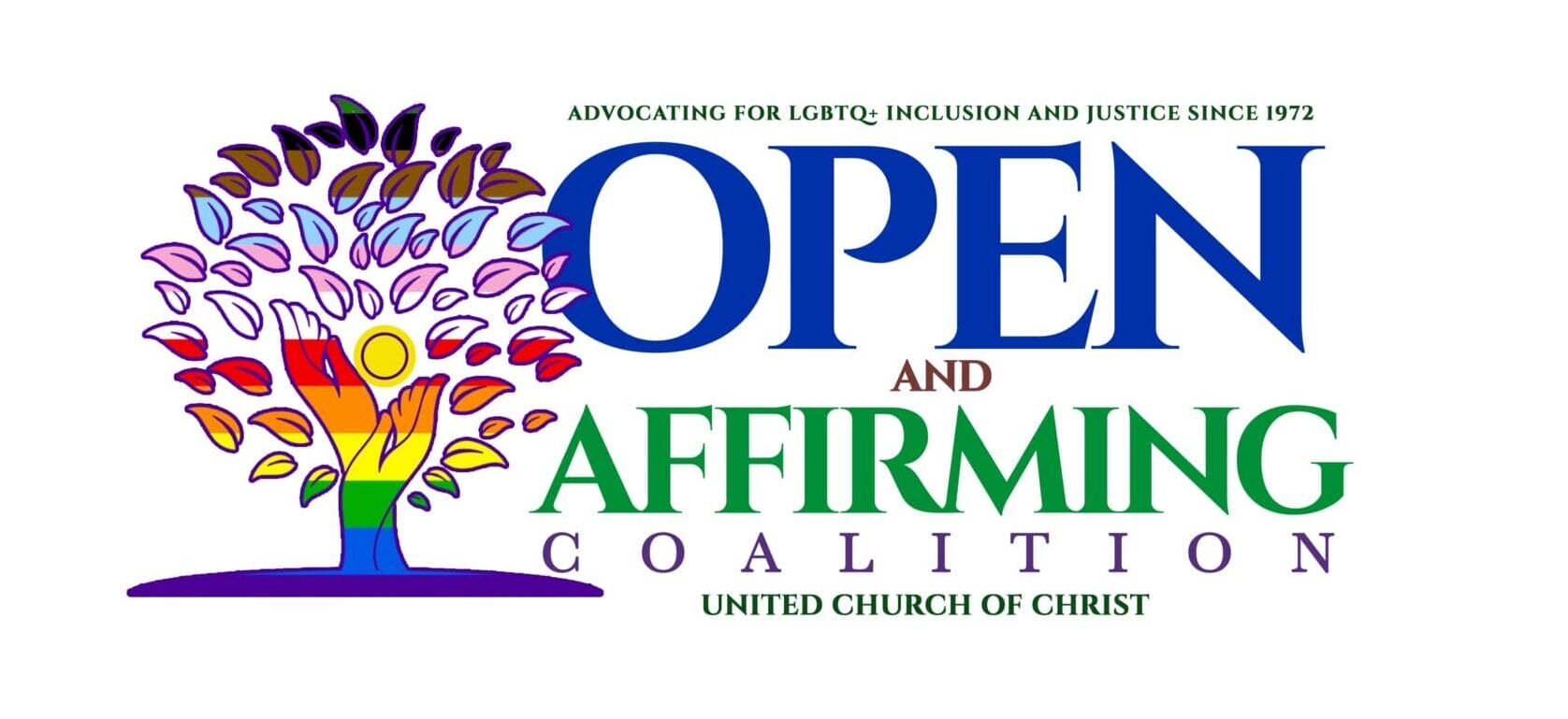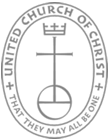Created in God’s image
Transgender and nonbinary Christians are searching for the same things other believers want: a connection to God in a loving community gathered in the spirit of Jesus Christ. But transgender/nonbinary seekers are often without a place to call their “church home” because most congregations aren’t ready to welcome them as companions in faith. Open and Affirming congregations can be that home for their transgender/nonbinary family and neighbors if they take the time to listen to their stories and understand their experiences.
Use this page to learn more. If your Open and Affirming congregation has not yet updated its ONA covenant to include a clear and confident welcome to the transgender/nonbinary community, now is the time to consider amending your covenant after a time of prayer, study and dialogue. The resources on this page can help, including the 1993 resolution by General Synod “Affirming the Participation and Ministry of Transgender People within the United Church of Christ and Supporting Their Civil and Human Rights.”
If your congregation is already a safe place for your transgender/nonbinary members, this might be the time to move from welcome to advocacy. Transgender/nonbinary Americans face legal obstacles in their quest to live with the same freedoms and opportunities most of us take for granted. Laws to ban transgender students in school sports and to define gender-affirming medical treatment for transgender youth have been proposed or enacted in several states. There may be opportunities in your community and state to advocate for laws that fully protect the basic rights of transgender/nonbinary residents, and to learn from them other ways your congregation can help.
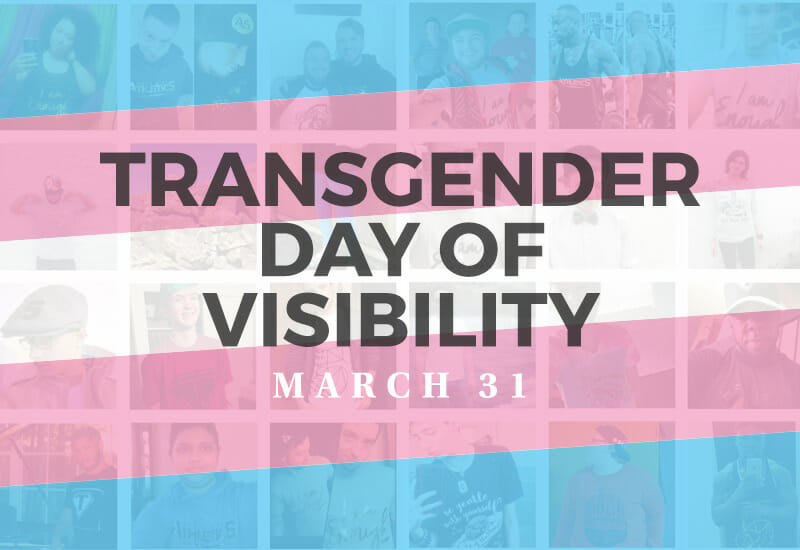
Transgender Day of Visibility
On the Sunday nearest Transgender Day of Visibility (March 31), your congregation can honor your transgender/nonbinary members and neighbors, and organize educational events around gender identity and expression. Consider inviting a representative from your local LGBTQ Community Center or your statewide LGBTQ advocacy movement to present on state legislation threatening transgender safety and rights. Celebrate the spiritual gifts your transgender/nonbinary members bring to your congregation.
Transgender Day of Remembrance
Transgender Day of Remembrance (TDOR) on Nov. 20 is an opportunity for your ONA congregation to honor your trans neighbors—here and abroad—who lost their lives in the past year to violence and suicide. Transgender women of color in American cities are especially vulnerable to assault and murder.
Your congregation can send a clear message to your community: yes, there is a church where trans people are wanted, valued, and safe. Organize a special service of remembrance, and make sure it’s publicized widely. Many churches will read out the names of transgender victims while ringing a bell: it’s a powerful way to honor their memory, and to renew our commitment to building a church and a world where all are welcome.
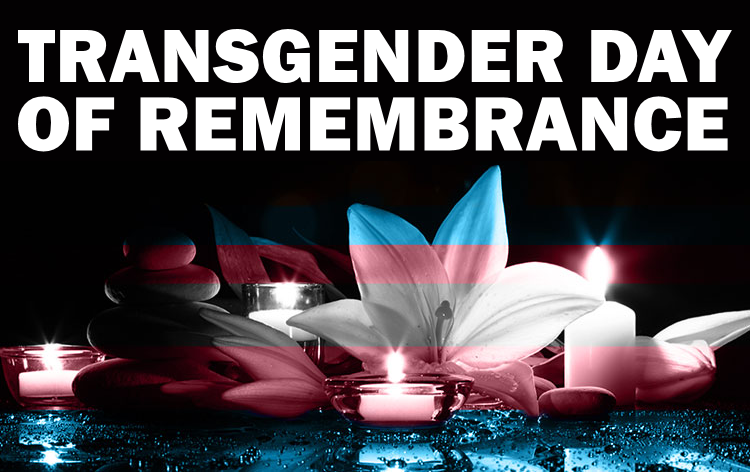
Resources
Here are resources to help your congregation observe Transgender Day of Remembrance.
Gender-neutral restrooms
Gender-neutral restrooms in your church can send a strong message to trans* members and visitors that they are welcome and safe. These resources include sample policies and information that will help you interpret this issue to your congregation.
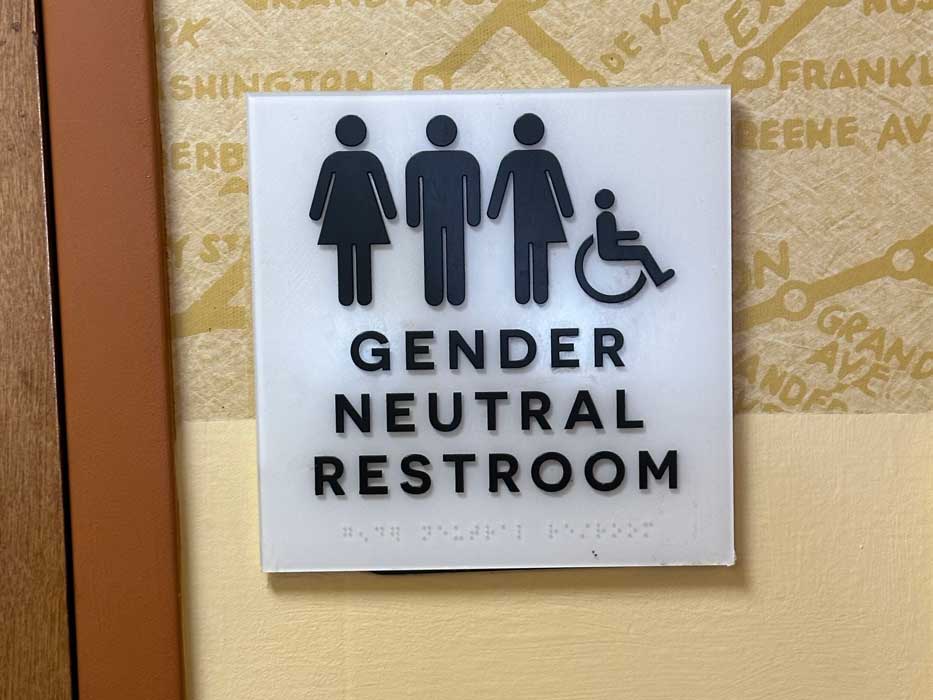
Resources
Here are resources related to gender-neutral restrooms.
What your church can do
- If your congregation’s ONA covenant does not include an explicit welcome to persons of any “gender identity and expression,” add these or similar words after a period of study, dialogue and discernment, then inform the Coalition of the change.
- Use the TransAction study guide (free PDF download on this page) for a three-session study for adults in your church. We also recommend the Transgender Inclusion Guide and Trans-Etiquette, which will help your congregation improve its readiness to welcome transgender/nonbinary members.
- Schedule a screening of “Call Me Malcolm” and other documentaries on transgender themes. Invite a transgender member of your congregation or a transgender leader in your community to lead the discussion.
- Track news alerts from the National Center for Transgender Equality.
- If there is no legal protection for transgender residents in your community or state, contact your statewide Equality organization for information on how you can help.
- Consider adopting a policy for your church on gender-neutral restrooms, and offer ceremonies to baptize or reaffirm baptismal vows for transgender/nonbinary members who are choosing a new name. We provide links on this page that will help your congregation understand why this is important.
- Observe Transgender Day of Visibility on March 31 and Transgender Day of Remembrance on Nov. 20—or on the Sunday nearest those dates.
Learn more
Please use the resources in this section to learn more. If there is an issue affecting same-gender-loving or gender-expansive people that you think should be listed, please contact us.
- HRC State Equality Index Scorecards
- 2015 Faith Toolkit on Religious Refusal Laws from the ACLU
- 2019 Toolkit for Faith Leaders on LGBTQ Equality
- Talking About Nondiscrimination Protections for LGBT People
- Pride at Work Reports on Employment Discrimination
- Municipality Laws and Policies
- LGBTQ housing discrimination
- State-by-state list of equal-rights organizations
- Trans Lifeline
- National Center for Transgender Equality
- TransParent
- American Psychological Association Guide
- Transgender News at Huffington Post
- Transgender Day of Visibility
- Transgender Day of Remembrance
Additional Resources
TransAction study guide for churches
Every ONA congregation should offer a well-informed and confident welcome to the transgender community. This curriculum published by the Institute for Welcoming Resources will help you reach that goal.
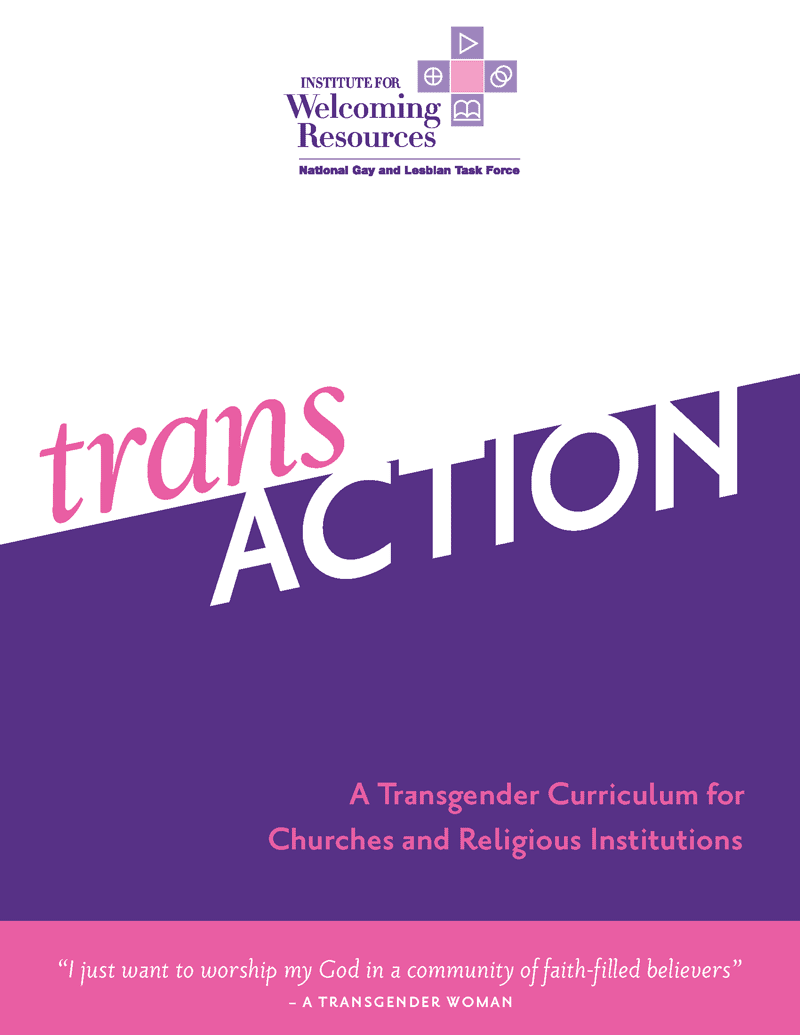
Call me Malcolm
“Call Me Malcolm” is a touching documentary tracing transgender man Malcolm Himschoot’s journey through gender transition, capturing his struggles, family dynamics, and the broader themes of identity and acceptance. Through candid interviews and personal experiences, the film showcases Malcolm’s resilience, self-discovery, and the quest for understanding and equality.
